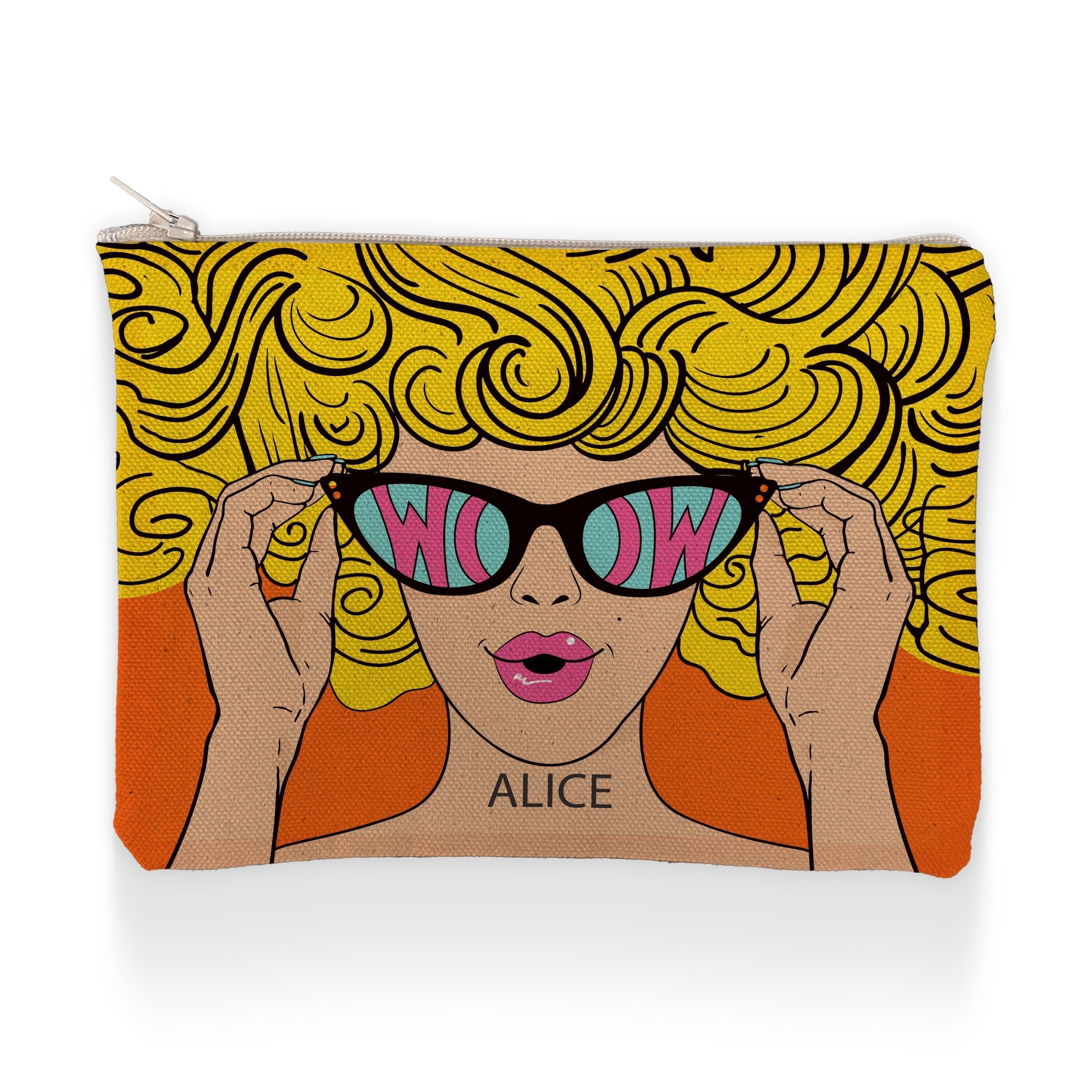The biggest misconception about these paintings is that they are beautiful effects created by some technique. Such effects are more common with contemporary artists to make our work more engaging and attractive without implementing any structural change to the entire painting process. Here are five examples to differentiate them. It’s a common practice for students to use charcoal in drawing classes. The charcoal, unlike pencil, leaves dark thick lines but some creative students can turn these lines into a smooth surface by just rubbing thick lines with a cloth and spreading the charcoal evenly. This action creates an effect in the drawing. Another student might take some post-it notes, cut them into different shapes, place them on top of drawings to establish boundaries, and then do the rubbing. This approach can create sharp silhouettes after the post-it notes are removed. Here the effect was elevated to a technique. This gave us smooth surfaces and also defined outlines. Another student wants to create depth by applying one point perspective. Is the law of perspective just another technique? Of course not, it’s a science of space that has been used for hundreds of years as a painting method. But even the method has its limitations. Perspective gives us an illusion of depth, but it does not have any relevance to color and design, light and dark, and other aspects of art-making. It’s not hard to guess that the next step on the ladder will be a process that introduces entirely new solutions to all the aspects of the painting process. the creation of light and dark; form and space; colors and shades depth; the entire overlapping’s; reflections and shadows. Effects and techniques are the results of impulsive creativity, while the methods and processes are structural changes of the entire operation. The last two break away from the tradition but remain in a comfortable reach for the traditionalist. In another word, the new structural and operational changes remain in the same medium. If another student decides to use photography, the student moves into an entirely new medium. Size: 17.25" H x 21.25" W

Categories:
Art Supplies, Pencil
Brand: Made & Curated
Color: blue,red
Size: 17.25 H x 21.25 W x 0.88 D in
299.99 USD
Buy Now













